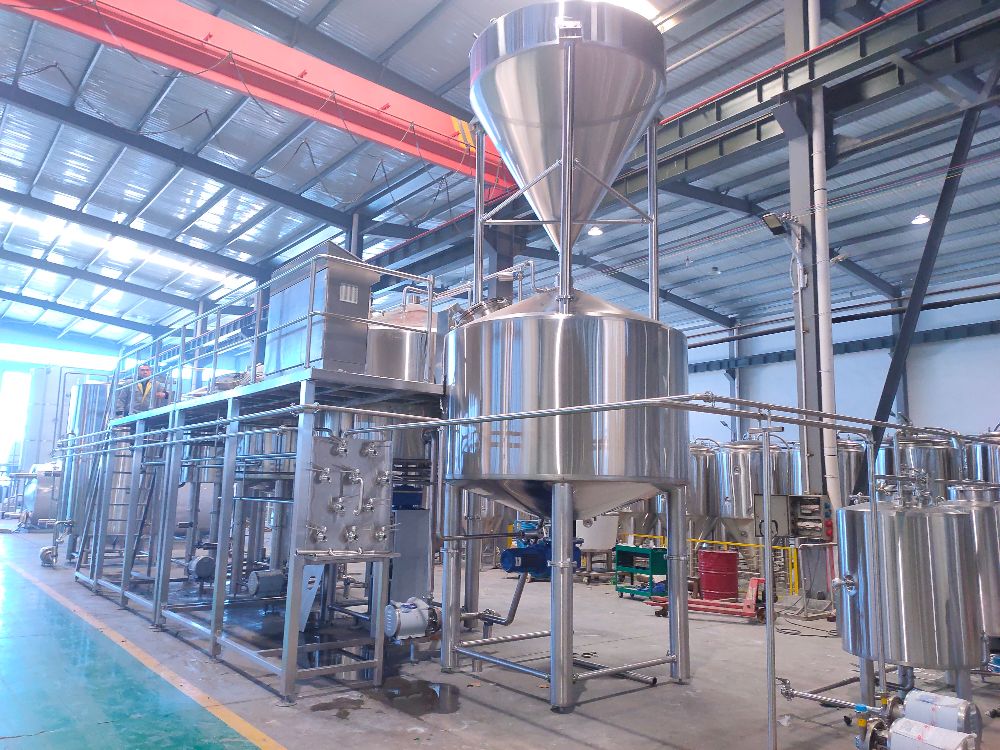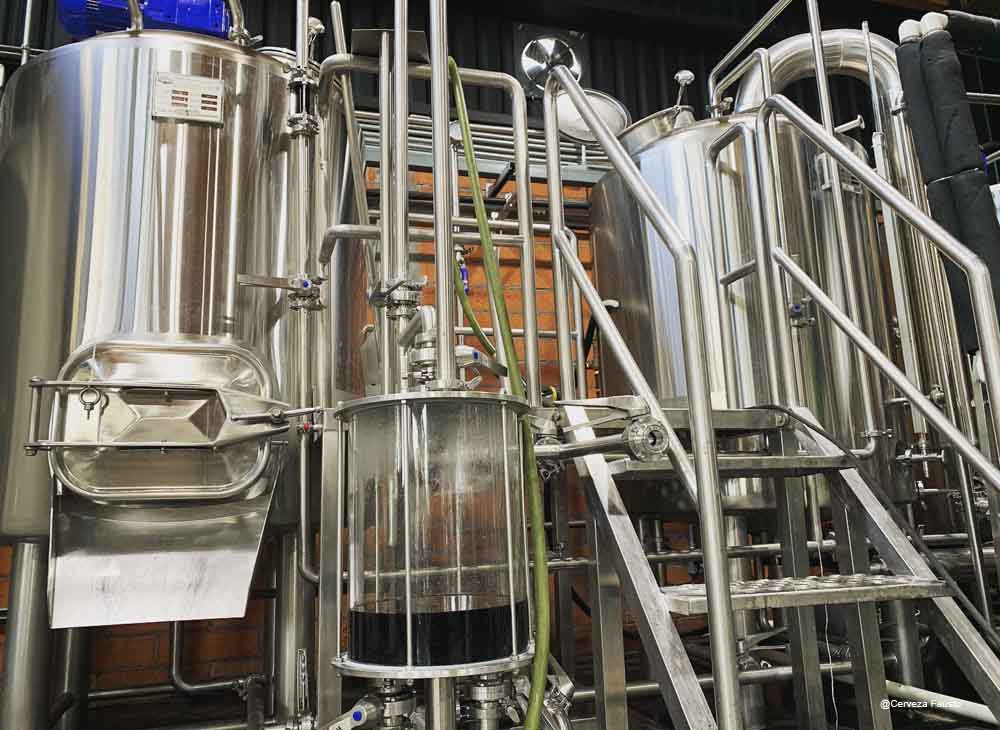How to Use a Hyrdometer in 5 Easy Steps
- Jun 18, 2021
- 188
- tiantai
When homebrewers are looking to take their brewing to the next level, it’s essential to learn about the chemistry of the brewing process. One tool that helps brewers deliver a consistent product is a hydrometer.
Content in This Guide:
– Chapter 1: What is a Hyrdometer
– Chapter 2: How to Use a Hydrometer
– Chapter 3: Risks Involved With Inaccurate Readings
What is a Hydrometer?
A hydrometer is one of many pieces of brewery equipment that a homebrewer will use when making beer. A hydrometer will allow the brewer to measure the amount of sugar content in their wort – the extract from the mashing process.The hydrometer will measure at the beginning and the end of the fermentation cycle. This measurement will allow the brewer to calculate the amount of alcohol in the finished beer as well as approximate how well the yeast has performed.
In brewing terms, a hydrometer will tell the brewer how well the yeast is turning sugar by volume. These readings will assist in knowing the state of the fermentation process.
Fermentation is a delicate process, and frequent readings will allow the brewer to make sure the fermentation process is going as planned.
How Do I Use a Hydrometer?
You can use a hydrometer in five simple steps:Step 1: Sanitize your equipment
Some hydrometer kits will contain a “thief” that is used to remove a sample of the wort. Whether a thief or a substitute tool – like a turkey baster – is used to collect the sample, the devices must be sanitized to avoid cross-contamination.
Step 2: Fill the plastic tube that the hydrometer comes with
For reading to be accurate, the sample must be enough to make the hydrometer float within the sample jar. The sample might require using as much as 3/4 cups from the wort.
The temperature will also affect the reading. The temperature should be within the range of your specific hydrometer.
Step 3: Place the hydrometer in the tube and let it settle
Once the sample is in the tube, add the hydrometer as well. Adding the hydrometer over a sink or other easy-to-clean area is recommended in case the tube overflows.
Spin the hydrometer, guarantee that it is not touching any of the walls of the tube. Touching the sides will produce an inaccurate reading.
Step 4: Read the hydrometer
Where the surface of the sample meets the surface of the air is the final measurement.

Due to physics, the liquid will slightly curve up from where it touches the wall. Do not take the reading from the top of the edge. Instead, take a reading from the lowest level of the liquid surface.
Step 5: Discard the sample
The sample used to measure the specific gravity is no longer suitable. Adding the sample back into the wort will cause contamination.
Tasting the sample is ok to get an idea of the final product, but discard the sample when finished.
Risk Involved With Inaccurate Hydrometer Readings
Using a hydrometer does come with risks. If the hydrometer reading is not correct, it is more challenging to know the state of fermentation of the brew. Inaccurate measurement will impact the final results of the beer.If the reading of the hydrometer is off, it will also give an inaccurate reading of potential alcohol volume. The final product will have an unknown volume or a volume that is higher than it should be.
The most considerable impact of an inaccurate hydrometer measurement is the risk of contaminating the fermentation. If the hydrometer is recalibrated, another sample is taken from the fermenter. The wort will then be exposed to potential contamination.




.jpg)